In 889, Seoul Bongwonsa Buddhist Temple (봉원사) was founded by the great master Doseon on what is today the campus of Yonsei University.
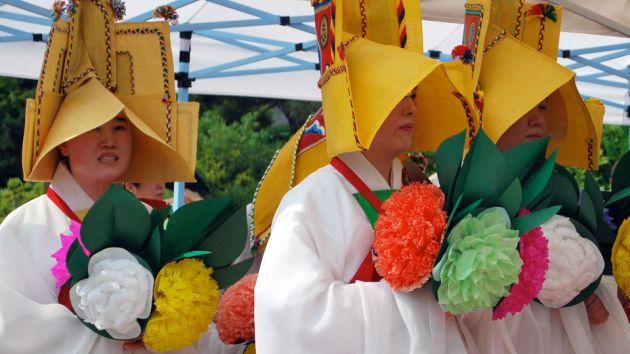
In 1748 the temple was moved a few hundred meters away to the south foot of An mountain. Before Buddhism was introduced to the Korean Peninsula some 1,600 years ago, many Koreans practiced an indigenous shamanism that worshipped mountains.
When Buddhism arrived, it mixed with local traditions, which is why, even today, most Korean temples are located on the slopes of most mountains.
Seoul Bongwonsa Buddhist Temple is the head temple of the Taego Buddhist Order (태고종), the second largest sect of Korean Buddhism.
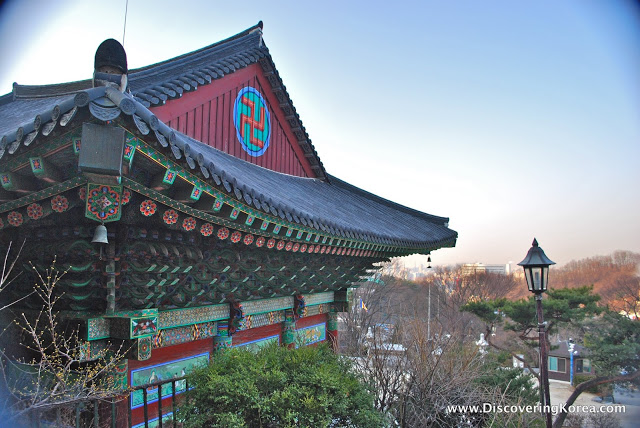
Like the larger Jogye Order, Taego is a traditional seon, or zen school of Buddhism. Taego resists segregating monks and temples from society. For example, its clergy can marry and have families.
Like Seoul Bongeunsa Buddhist Temple (봉은사) on the other side of the city, it makes sense that the sect’s head temple would be located in one of Seoul’s busiest neighborhoods.
Set only a short walk from Sinchon Station, the forested setting of Seoul Bongwonsa Buddhist Temple still feels serene. The compound consists of about 15 buildings painted in the traditional red, green and turquoise detail of most Korean temples and palaces.
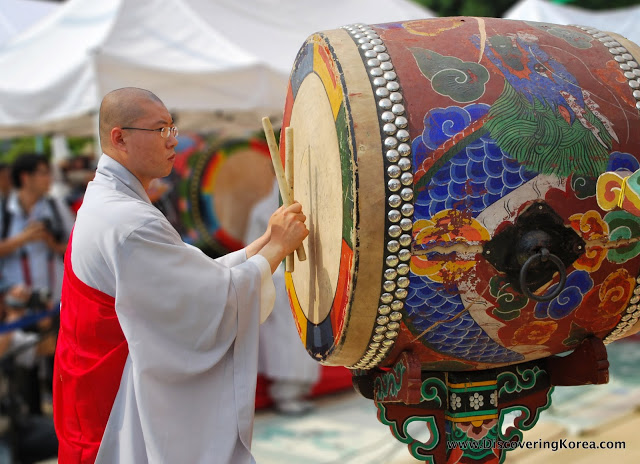
Among the buildings, the massive “3000 Buddhas Hall” is the most impressive.
The Hall was rebuilt in 1991, as most of the buildings were destroyed during the Korean War. However, the faded paint on structures like the “Shrine Hall of the Seven Stars” and the “Amitabha Hall” suggest that some have stood 100 years or more.
Also on the grounds is a line of curious white statues called the “16 Arahats.” Despite their sometimes bizarre or grotesque faces, an “arahat” is someone who has achieved a special peace and clarity about life… think of it as a kind of a proto-enlightenment.
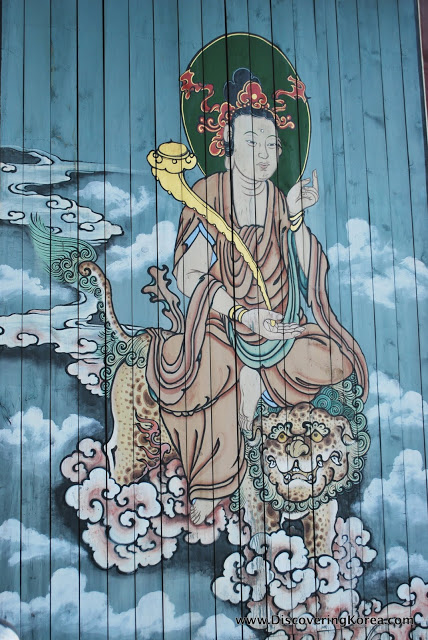
Today some 50 monks live at Seoul Bongwonsa Buddhist Temple. Two residents have been designated “Living National Treasures” for their mastery of Buddhist chant and temple ornamentation.
The temple is also well known for its educational programs, like the Okcheon Buddhist Music College, and its many charitable works benefiting the incarcerated, orphans, elderly and the military.
But Seoul Bongwonsa Buddhist Temple is probably most famous for its annual Yeongsanjae (영산재) ceremony.
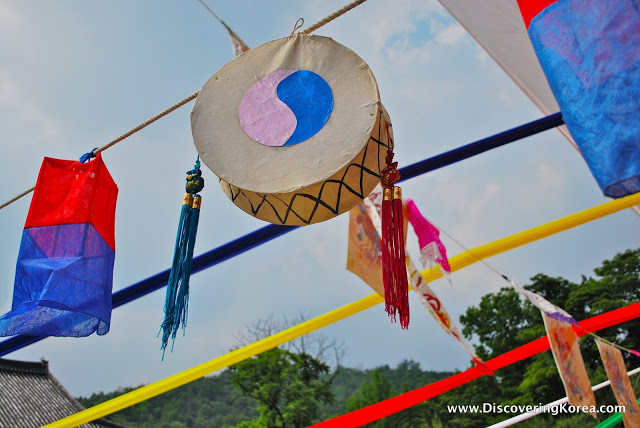
Practiced in Korea at least as early as 613 during ancient Korea’s Goryeo Dynasty, the elaborate and beautiful performance is a reenactment of the Buddha’s delivery of the lotus sutra.
The elaborate ceremony, designated Korean Important Cultural Property no. 50, begins with a palanquin symbolically carrying the spirits of the Buddha and other gods into the ceremonial site.
Next, huge paintings are raised to signify the Buddha’s presence. An incantation of the Avalokitesvara is followed by a cymbols dance and a purifying Butterfly Dance.

The latter features women in long, white robes with pagoda-shaped hats. Drumming, chants, prayer and offerings of flowers, food and incense follow.
The several-hour ceremony concludes with Gongdeokgye (공덕계), which is prayers offered to enable all sufferers to reach Nirvana. Finally, the gods depart and the spirits of the deceased escape to paradise.
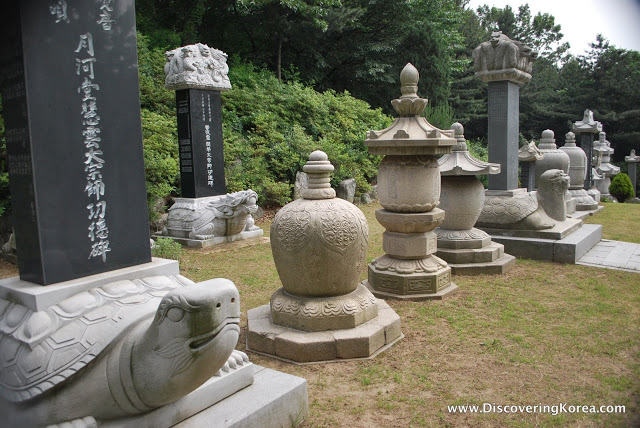
It’s incredible to watch a ceremony that’s been preserved for some 1,400 years with Seoul’s urban jungle in the distance.
This mix of the ancient with the modern at Seoul Bongwonsa Buddhist Temple is part of what makes Seoul a truly exciting place to live.
For Your Information…
| Open: | 24 hours |
| Admission Price: | Free |
| Address: | Seodaemun-gu Bongwon-dong San 1 |
| Directions: | Sinchon Station (#240) on Line 2, Exit 3. Then, take bus No. 7024 directly to Bongwonsa. Or, from the back gate of Ewha Womans University, simply walk north alongside the main road until you reach an intersection underneath the freeway. From there, go up the hill 500 meters. |
| Phone: | 02-392-3007 |
| Website: | Official Site |
About Matt Kelley
Matt Kelly is native of the US Pacific Northwest and is half-Korean by ethnicity. He lived in Korea for five years and has written hundreds of travel guides for Wallpaper, TimeOut, the Boston Globe and Seoul Magazine and was a host for several different variety shows on Korean radio and television.
